+1 571-297-6383 | info@sonjara.com
History of the Hack: Food Frequency Method Online
 USAID is really exploring innovative solutions for international
development. As a part of this move, USAID is holding an open source
data challenge, and held a hackathon as part of the overall program. The
Hack4Hunger took place on September 16-18, 2012.
USAID is really exploring innovative solutions for international
development. As a part of this move, USAID is holding an open source
data challenge, and held a hackathon as part of the overall program. The
Hack4Hunger took place on September 16-18, 2012.We heard about the hackathon about a week before the event and decided to check it out. The rules were pretty straightforward; the hack had to incorporate open data sources and promote open data, and address one of the challenge statements listed in one of the Ideation events. http://idea.usaid.gov/opendata/Hacking4Hunger
Driving into the building, I came up with the idea - I used to work with Helen Keller International about 12 years ago, and we used this paper based survey to determine vitamin A deficiency in children developing countries on a household basis. During the kick off, I did a few google searches to see if anyone had transitioned this or similar tools to a web application. If they did, google didn't have it. I sent an email off to my friends at HKI who seemed interested, and away we went.
So we used this well developed survey method (with a kick ass guide, written by my former colleague) as our requirements document for the application. And 36 hours later, using Fakoli as our platform, we had the food frequency method online (actually, technically, it was about 17.5 hours, because we didn't start until about 2pm on Saturday, and stopped work around two, started at 8am and presented at 1:30pm).
The cool thing about the FFMO is that not only does it take a paper based system and move it to a web application (complete with automatically calculating values and tracking status of the survey), it also pulls in external data such as climate and precipitation information, to help the program managers make good decisions about the timing of the survey (i.e. during the hungry season, the rainy season, etc). We also pulled in google maps to tag every community being interviewed with GIS data so that we could overlap the final results with additional open source data from the World Bank, Demographic Health Survey, etc. to allow program managers more nuanced information about the status of access to vitamin A rich foods (available, cost, etc).
There are two demonstration videos on the website (www.foodfrequencyonline.org) if you want to walk through it. The final version of the site is also better than the one in the video (we updated the tool since then). Anyone can create username and password and create a survey.
USAID loved what we built and asked us to join them in Iowa (on their tab) to present at the Iowa Hunger summit (part of the Borlaug dialogue food security meetings).
Now I am looking for partners to see if we can get funding to take it to the next level.
Interested? Contact info@sonjara.com or 571-297-6383 and we can talk about how the FFMO can be useful to your organization!
« Back to Sonjara Blog

